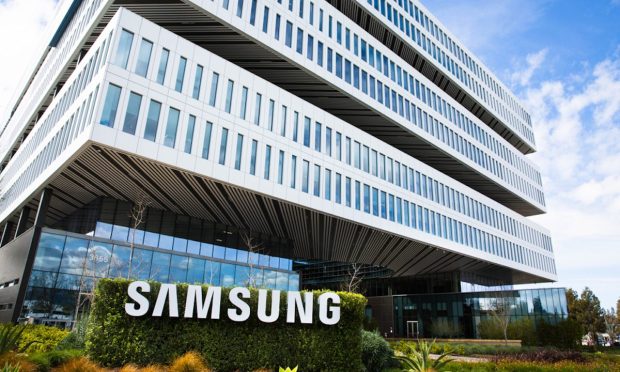Samsung Merges Mobile, Consumer Units Under Co-CEOs

Samsung Electronics Co Ltd on Tuesday (Dec. 7) announced that it will combine its mobile and consumer electronics divisions under a pair of new co-chief executive officers, who will replace the three-headed leadership structure it previously used, according to a Reuters report.
The company will intensify its focus on chips and consumer devices, including smartphones, as part of the new corporate structure. Samsung became the biggest smartphone maker in the world thanks to its Galaxy line, but has seen that momentum slow in recent years. Meanwhile, components, including chips, have become a bigger slice of the overall profit pie, generating 15.8 trillion won ($13.4 billion) operating profit in the most recent quarter.
Han Jong-hee, the head of Samsung’s visual display business, will become a co-CEO, leading the newly merged division spanning mobile and consumer electronics while also continuing to lead the television business.
Kyung Kye-hyun, chief executive of component affiliate Samsung Electro-Mechanics and a former head of the flash memory chip and technology team, was named co-CEO to lead the chip and components division.
Samsung also named Chung Hyun-ho vice chairman and head of a task force that will coordinate decision-making in Samsung Electronics and affiliates.
Samsung Electronics last named new division heads in late 2017. The company plans to focus on semiconductors, artificial intelligence (AI), robotics and biopharmaceuticals under a plan to invest 240 trillion won ($206 billion) in those areas in the next three years.
The company also said it’s building a $17 billion chip plant in Taylor, Texas.
Related news: Health Monitoring Puts the ‘H’ in Smartwatch as Wearables Boost Their Utility
Samsung released its Samsung Galaxy Watch 4 in August.
In April, PYMNTS reported that Munich-based Smart Payments Association (SPA) “updated its original guidance, noting in its position paper Wearable Tech 2021: The Future Is Now that ‘… wearable payment volumes will have reached $501.1 billion by the end of 2020, accounting for 20% of all proximity payments,’ and that ‘wearable payments increased by 365% between 2017 and 2020, with a quarter of Europeans planning to buy goods and services using the technology in the future.’”
Grand View Research predicted earlier this year that the “global wearable payments devices market size is expected to reach USD 80.39 billion by 2028 … [and] is expected to expand at a CAGR of 29.8% from 2021 to 2028.”
